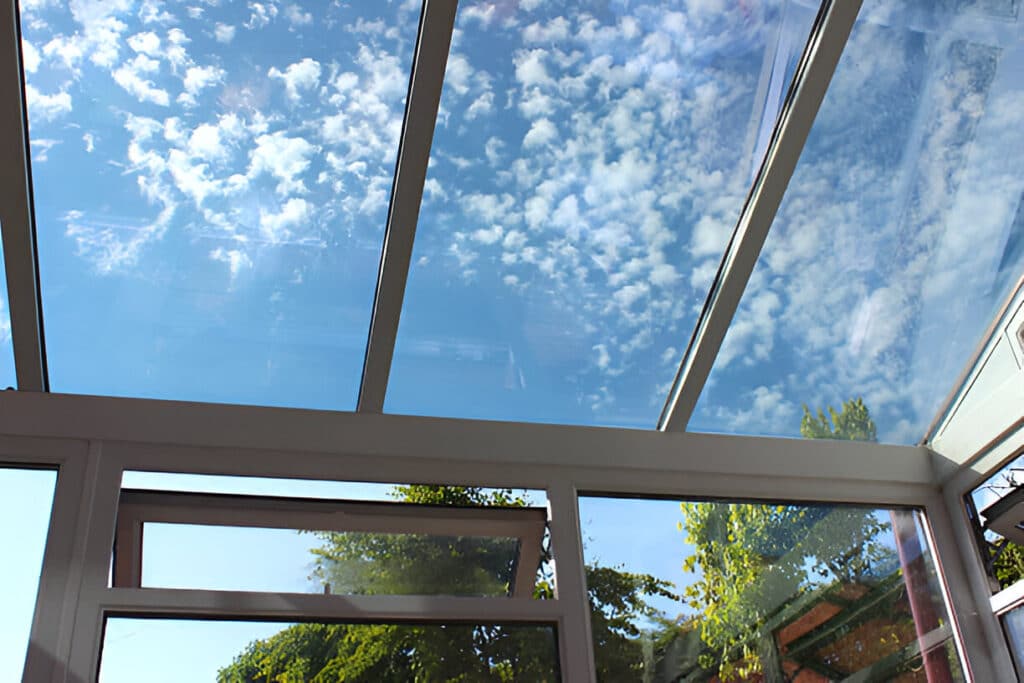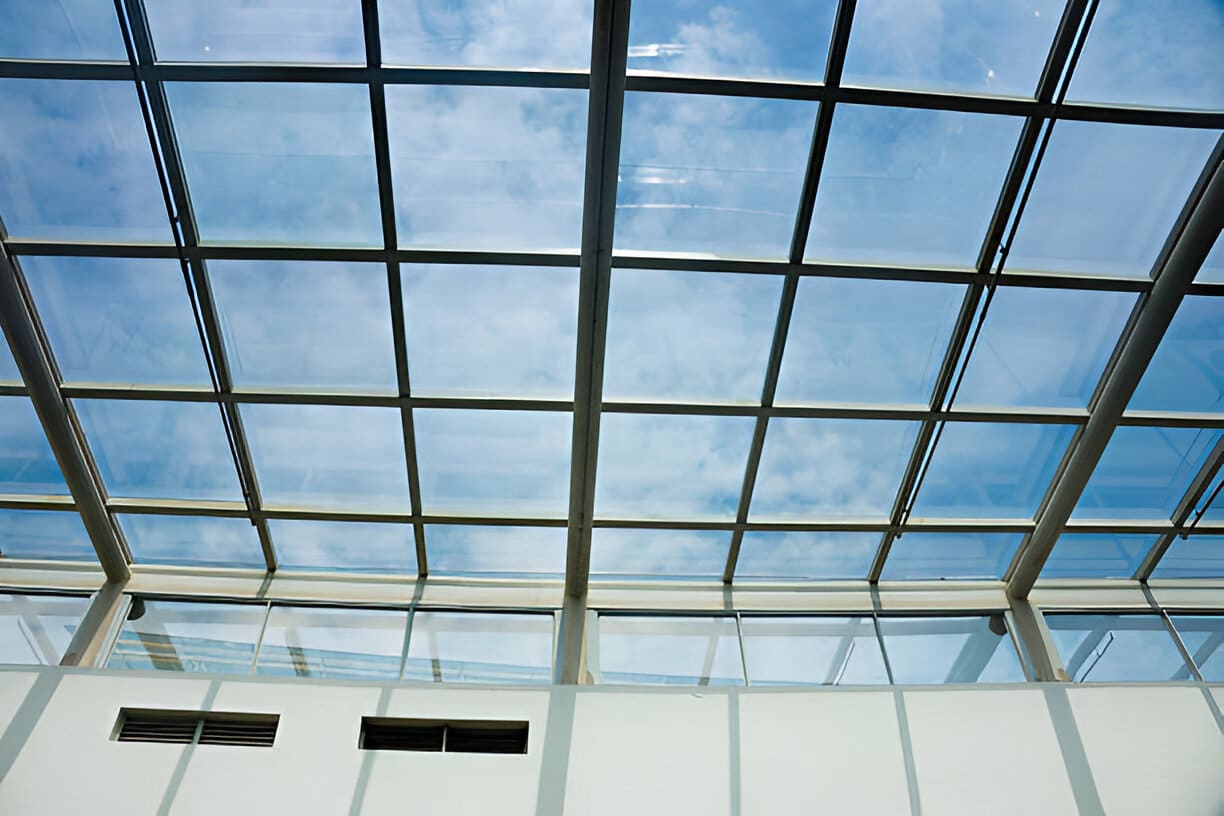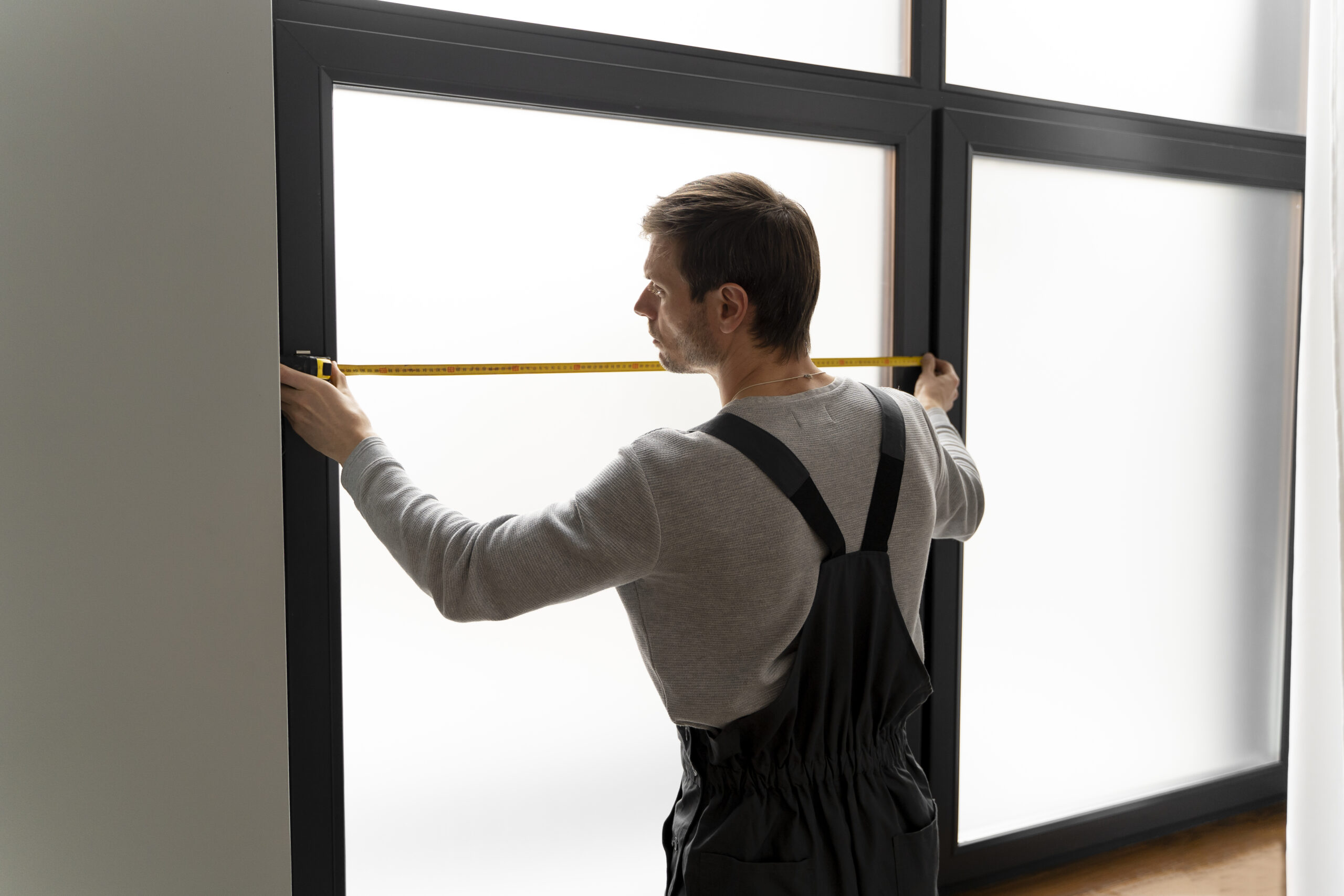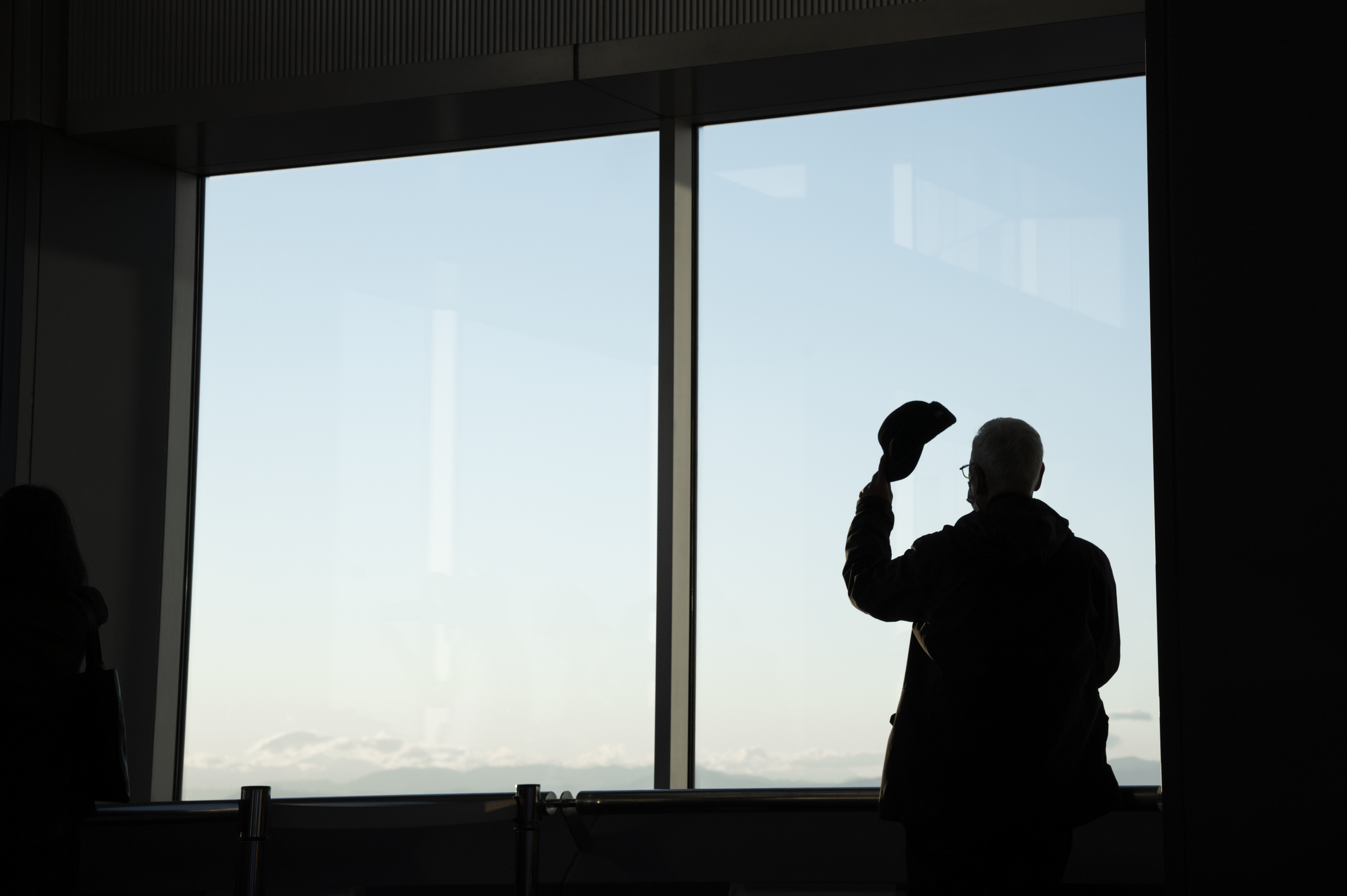Rising energy costs have homeowners searching for effective solutions to reduce their monthly bills. Window tinting emerges as a powerful yet often overlooked solution that transforms your home’s energy efficiency while delivering multiple benefits.
Key advantages of residential window tinting include:
- Significant reduction in cooling and heating costs
- Enhanced indoor comfort through temperature regulation
- Protection of furniture and flooring from sun damage
- Improved privacy without sacrificing natural light
Modern households face increasing pressure to adopt energy-efficient solutions, not just for cost savings but also for environmental responsibility. The U.S. Department of Energy estimates that windows account for 25-30% of residential heating and cooling energy use.
This guide explores how window tinting serves as a year-round solution for lowering energy bills. From summer heat reduction to winter heat retention, you’ll discover why smart homeowners are turning to this cost-effective home improvement option to create more comfortable, energy-efficient living spaces.
Understanding Window Tinting: Types and Functionality
Window tinting involves applying specialized films to glass surfaces, creating a protective barrier that manages light transmission and heat flow. These films consist of multiple layers of polyester and metallized coatings, each serving specific functions in energy management and light control.
Common Residential Window Film Types:
1. Solar Control Films
- Blocks up to 80% of solar heat
- Maintains natural light transmission
- Ideal for south-facing windows
- Available in various tint levels
2. Decorative Films
- Adds privacy without sacrificing light
- Multiple patterns and designs
- Can mimic frosted or etched glass
- Perfect for bathrooms and entryways
3. Security Films
- Strengthens glass against impacts
- Holds shattered glass together
- Deters break-in attempts
- Provides UV protection
4. Low-E Films
- Reflects heat back to its source
- Keeps homes cooler in summer
- Retains warmth during winter
- Reduces energy transfer year-round
Smart Tints: The Future of Window Technology
Smart tints represent the latest advancement in window film technology. These dynamic films change their opacity on demand through electrical stimulation. Users can control transparency levels via:
- Smartphone apps
- Wall-mounted switches
- Voice commands
- Automated scheduling
The technology allows instant switching between clear and frosted states, providing unprecedented control over privacy and light management. Smart tints integrate with home automation systems, adjusting automatically based on time of day, temperature, or occupancy patterns. For more insights into the world of smart tints, you can explore this blog authored by Miry, an expert in the field.
1. Insulation Improvement: Enhancing Energy Efficiency with Window Films
Window films create a powerful thermal barrier that transforms standard windows into high-performance insulating surfaces. These specialized films work by:
- Reflecting up to 78% of solar heat during summer
- Retaining indoor heat during winter months
- Creating an additional insulating layer on glass surfaces
The Department of Energy reports that 30-40% of heating and cooling energy in homes escapes through windows. This energy loss translates to:
- $350-500 annual increase in energy bills
- Extra strain on HVAC systems
- Reduced indoor comfort levels
Window films dramatically improve a window’s insulation value through their multi-layer construction:
- Metallic Layer: Blocks and reflects solar radiation
- Polyester Core: Provides structural stability
- Scratch-Resistant Coating: Ensures durability
Research by the International Window Film Association shows that adding window films can:
- Reduce cooling costs by up to 30%
- Decrease heat loss by 25-50%
- Improve window insulation value by up to 90%
Modern window films adapt to seasonal changes, offering year-round benefits. During summer, they reject solar heat while in winter, they help retain indoor warmth through low-emissivity technology. This dual-action capability creates consistent indoor temperatures and reduces the workload on heating and cooling systems.
The insulating properties of window films become particularly valuable in older homes with single-pane windows, where they can match the thermal performance of costly double-pane replacements at a fraction of the cost.

2. Glare Reduction: Increasing Comfort and Saving on Lighting Costs
Excessive sunlight streaming through windows creates significant challenges for homeowners. Direct sunlight causes harsh glare on screens, making it difficult to work, watch TV, or enjoy daily activities. This intense light exposure leads to:
- Eye strain and fatigue
- Headaches from squinting
- Reduced productivity
- Discomfort in living spaces
Window tinting offers an effective solution by filtering and diffusing natural light. Quality window films can reduce glare by up to 87% while maintaining clear views and natural illumination. This balanced approach transforms harsh sunlight into soft, ambient lighting throughout your home.
Smart Light Management Benefits:
- Elimination of hot spots and uneven lighting
- Reduced need for blinds and curtains
- Clear views without compromising comfort
- Enhanced screen visibility for TVs and computers
The strategic management of natural light through window tinting creates substantial energy savings. By reducing glare without completely blocking sunlight, homes require less artificial lighting during daylight hours. This natural light optimization allows homeowners to:
- Minimize dependence on electric lighting
- Reduce cooling costs from heat-generating light fixtures
- Create comfortable spaces for work and leisure
- Maintain consistent indoor lighting levels
Modern window films achieve this balance through advanced technology that selectively filters different light wavelengths. This selective filtering process ensures optimal visibility while reducing the harsh effects of direct sunlight, creating more comfortable and energy-efficient living spaces year-round.
3. UV Protection: Safeguarding Health and Preserving Interiors
Many homeowners underestimate the impact of UV rays penetrating through windows. Research shows that up to 50% of UV radiation can pass through untreated glass, affecting both human health and interior furnishings.
The Health Implications of Indoor UV Exposure
The health implications of indoor UV exposure include:
- Premature skin aging
- Increased risk of skin cancer
- Eye damage from prolonged exposure
- Weakened immune system responses
How Window Films Protect Against UV Rays
Quality window films, such as those detailed in this comprehensive guide to UV window film, block up to 99% of harmful UV rays while maintaining natural light transmission. This protective barrier acts as a permanent sunscreen for your indoor spaces, safeguarding your family’s health without limiting visibility or brightness.
Preserving Your Interior Investments with Window Films
Beyond health protection, UV-blocking window films preserve your interior investments:
- Furniture Protection: Prevents fading and deterioration of upholstery
- Flooring Preservation: Protects hardwood floors and carpets from sun damage
- Artwork Conservation: Shields valuable paintings and photographs
- Fabric Protection: Extends the life of curtains, drapes, and other textiles
The Importance of Professional-Grade Window Films
Studies by the Skin Cancer Foundation indicate that regular glass windows block only about 37% of UV rays. Window films provide a critical additional layer of protection against these harmful rays. The advanced technology in modern window films creates an invisible shield that works continuously to protect both occupants and belongings.
Professional-grade window films offer superior UV protection compared to standard window treatments, making them an essential investment for long-term health and property preservation.
Cost-Effectiveness of Window Tinting: A Wise Investment for Homeowners
Window tinting offers a cost-effective solution compared to completely replacing windows, with significant price differences between these two options. On average, a window replacement project for a typical-sized home can cost anywhere from $8,000 to $15,000. In contrast, professional window film installation usually ranges from $5 to $8 per square foot. Let’s break down the investment comparison:
Window Replacement
- Average cost per window: $300-$700
- Installation labor: $100-$300 per window
- Project timeline: 2-4 days
- Extensive disruption to daily life
Window Film Installation
- Material costs: $5-$8 per square foot
- Professional installation: $3-$5 per square foot
- Project timeline: 1-2 days
- Minimal disruption to household routine
The return on investment for window tinting becomes apparent through measurable energy savings:
- Energy Bill Reduction: 5-30% decrease in cooling costs
- Payback Period: 2-5 years on average
- Extended HVAC Life: Reduced strain on cooling systems
- Property Value: Enhanced marketability and modern appeal
Smart tint technology offers additional value through its adaptable features, allowing homeowners to control privacy and light transmission based on specific needs. This versatility adds another layer of cost-effectiveness by eliminating the need for additional window treatments such as privacy window films which provide enhanced privacy, energy savings, UV protection, glare reduction, and security.
Moreover, the durability of modern window films, with lifespans ranging from 10-15 years, ensures long-term benefits while requiring minimal maintenance. Professional installation guarantees optimal performance and maximizes the energy-saving potential of the investment.
For homeowners seeking a more sustainable approach, exploring options like clear window film could be beneficial. This type of film not only provides insulation but also maintains aesthetic appeal while offering privacy.
In conclusion, whether it’s through residential glass tinting, advanced window privacy film solutions, or smart tint technology, investing in window tinting is indeed a wise decision for homeowners.
Year-Round Benefits Beyond Energy Savings: Temperature Regulation and Overall Energy Consumption Reduction with Window Tinting Systems Installed in Your Households!
Window tinting systems create a year-round microclimate within your home that adapts to seasonal changes. During summer months, these specialized films reflect up to 80% of solar heat, keeping indoor spaces naturally cool without constant air conditioning. Winter brings different benefits – the same tinting technology helps retain indoor warmth, reducing the strain on heating systems.
Key Temperature Control Benefits:
Summer Performance:
- Blocks excessive heat gain
- Reduces air conditioning workload
- Maintains consistent room temperatures
- Eliminates hot spots near windows
Winter Advantages:
- Creates thermal barrier
- Prevents heat escape
- Minimizes cold drafts
- Reduces heating system cycles
The impact on household energy consumption extends beyond direct temperature control. Smart tinting systems work silently in the background, creating a domino effect of energy-saving benefits:
Energy Consumption Reduction Factors:
- Decreased HVAC system wear and tear
- Reduced need for supplemental heating/cooling devices
- Lower peak energy demand during extreme weather
- Natural light optimization reducing artificial lighting needs
Real-world applications show homes equipped with quality window tints experience up to 30% reduction in cooling costs during summer months and 15% savings on heating expenses during winter. These systems prove particularly effective in regions with dramatic seasonal changes, providing consistent comfort regardless of external temperature fluctuations.
The automated nature of modern window tinting systems allows for dynamic adjustments throughout the day, responding to changing sun positions and weather conditions without manual intervention. This smart adaptation ensures optimal energy efficiency while maintaining ideal indoor comfort levels year-round.
Conclusion: Embracing Window Tinting as a Viable Solution for Lower Energy Bills Year-Round!
Window tinting is a smart investment for homeowners looking for practical ways to lower their energy costs. The benefits are clear:
- Year-round temperature control creates consistent comfort while reducing strain on heating and cooling systems
- UV protection keeps both occupants and interior furnishings safe from harmful rays
- Significant energy savings through better insulation and less need for air conditioning
- Increased property value with updated window treatments
Choosing to install window tinting is a strategic decision towards sustainable living and cost-effective home management. As energy prices continue to rise, this technology provides an accessible solution for both immediate and long-term savings.
Ready to make your home more energy-efficient? Consider window tinting as your next home improvement project. The combination of increased comfort, protection, and lower energy bills makes it an attractive option for homeowners who prioritize sustainability and savings.
Start your journey towards a more energy-efficient home by exploring window tinting options that suit your specific needs and goals.
FAQs (Frequently Asked Questions)
What are the benefits of window tinting for homes?
Window tinting offers numerous benefits including lower energy bills, enhanced energy efficiency, glare reduction, UV protection, and improved indoor comfort levels. By effectively managing heat transfer and sunlight exposure, homeowners can enjoy a more comfortable living environment year-round.
How does window tinting improve insulation in my home?
Window films enhance insulation by reducing heat transfer through glass surfaces. This helps to minimize energy loss during both hot and cold seasons, contributing to overall energy efficiency in residential properties.
Can window tinting help reduce glare indoors?
Yes, window tinting significantly reduces excessive glare from sunlight, which can lead to eye strain and discomfort. By improving visual comfort indoors, homeowners may also save on artificial lighting costs due to better natural light management.
What health benefits does window tinting provide?
Window films effectively block harmful UV rays from entering living spaces, which can help prevent skin cancer and other health risks associated with prolonged UV exposure indoors. This added layer of protection promotes a healthier living environment.
Is window tinting a cost-effective solution for energy savings?
Absolutely! While there are installation costs associated with window films, they are generally lower than full window replacement projects. Homeowners can expect a favorable return on investment (ROI) over time as energy savings accumulate.
How does window tinting contribute to temperature regulation in my home?
Window tinting systems effectively regulate indoor temperatures throughout different seasons by minimizing heat gain in the summer and heat loss in the winter. This leads to enhanced comfort levels and reduced overall household energy consumption over time.



